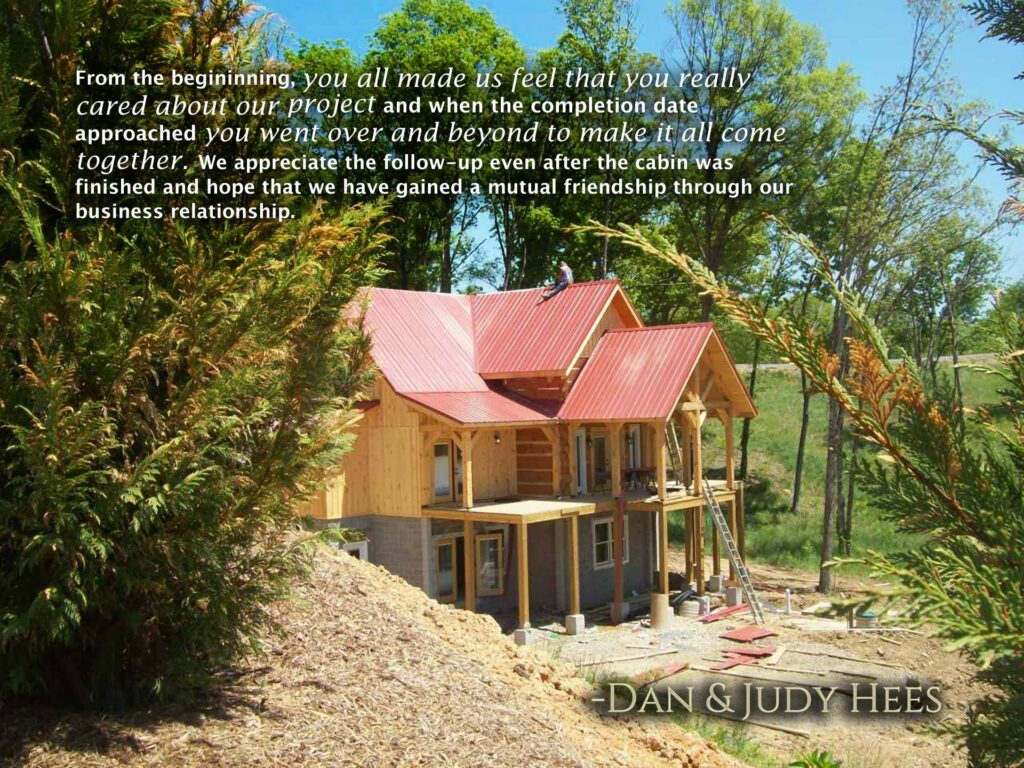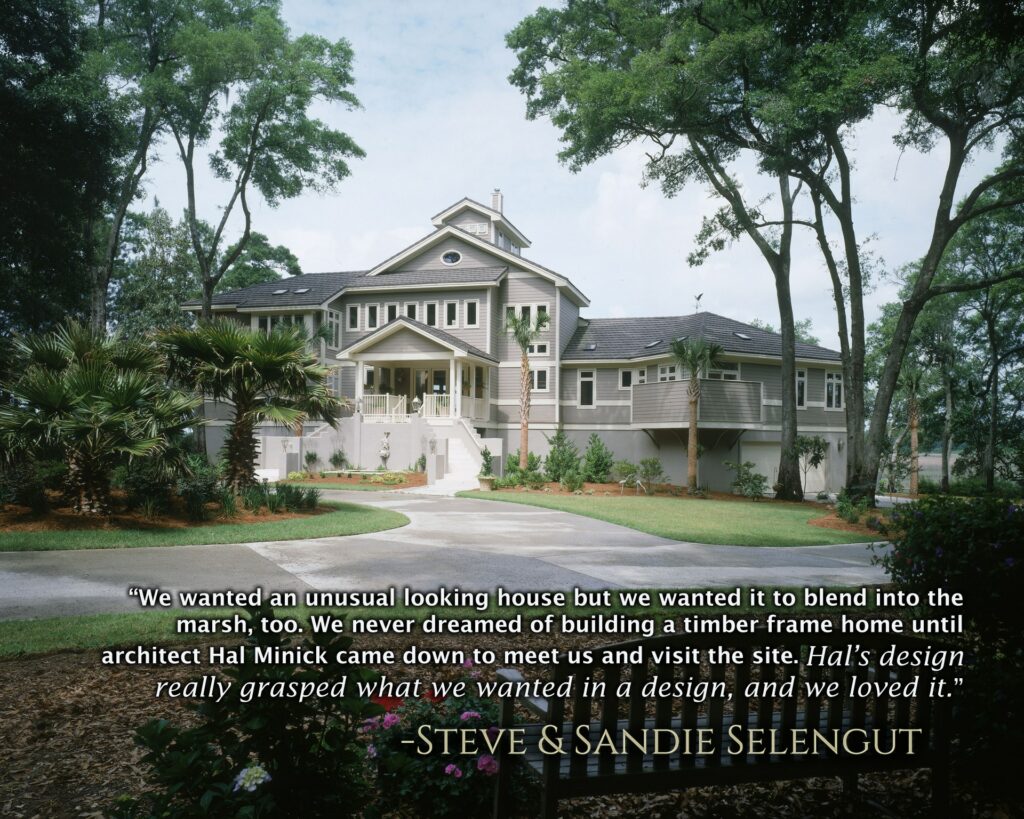Operated by the state of Georgia as Fort King George Historic Site, the fort has been reconstructed and is listed on the National Register of Historic Places. It is open to the public for historical tours. Structures include a blockhouse, officers’ quarters, barracks, a guardhouse, baking and brewing house, blacksmith shop, moat, and palisades. The park’s museum focuses on the 18th-century cultural history of the area, including the Guale, the 17th-century Spanish mission Santo Domingo de Talaje, the fort, and the Scottish colonists. An exhibit explains the 19th-century sawmilling at the site and the remains of two sawmills and ruins. Tabby cement ruins, based on a regional building material, also can be found on the property. Site staff offers living history programs year-round.
Supported by a local Friends chapter known as The Garrison at Fort King George, this is the oldest English fort remaining on Georgia’s coast. From 1721 until 1736, Fort King George was the southern outpost of the British Empire in North America. A cypress blockhouse, barracks, and palisaded earthen fort were constructed in 1721 by scoutmen led by Colonel John “Tuscarora Jack” Barnwell. For the next seven years, His Majesty’s Independent Company garrisoned the fort. They endured incredible hardships from disease, threats of Spanish and Indian attacks, and the harsh, unfamiliar coastal environment. After the fort was abandoned, General James Oglethorpe brought Scottish Highlanders to the site in 1736. The settlement, called Darien, eventually became a foremost export center of lumber until 1925. Using old records and drawings, this 18th-century frontier fortification on the Altamaha River has been reconstructed for public tours. Structures include a blockhouse, officers’ quarters, barracks, a guardhouse, moat, and palisades. A museum and film cover the Guale Indians, the Santo Domingo de Talaje mission, Fort King George, the Scots of Darien and 19th-century sawmilling when Darien became a major seaport. In addition to the many fort buildings, remains of three sawmills and tabby ruins are still visible. This site is on the Colonial Coast Birding Trail.








